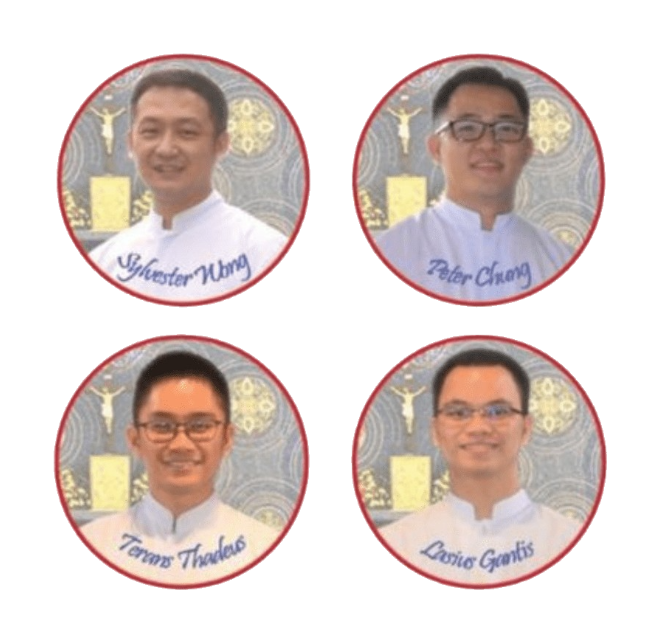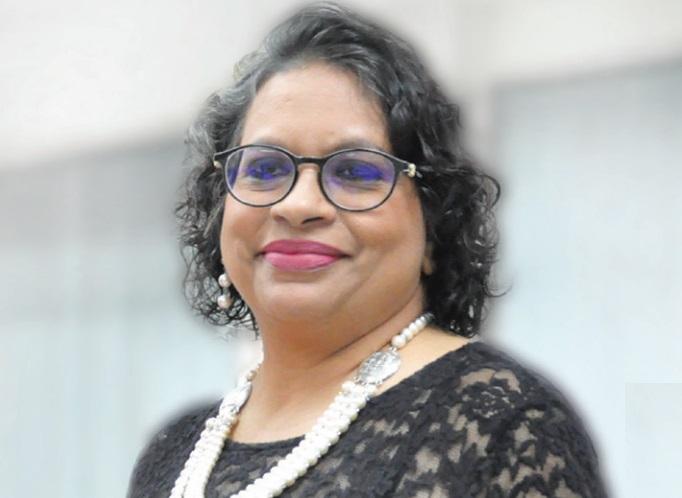Islamic influence creeping into mission schools
KUALA LUMPUR – There are three types of public schools in the country: government, government-aided and private schools. The majority of mission schools are government-aided. Their staff are appointed and paid by the government. The churches retain ownership of the property and look after its administration through a board of governors.
If the church authorities have qualified candidates for principal, they can propose that these individuals be appointed.
The other government-aided schools are the “vernacular” schools that cater to the Chinese and Indian communities and use Mandarin and Tamil for instruction.
All schools, including mission schools are considered state schools as long as they are government-aided. The mission schools in Malaysia gave up their independence and agreed to government funding in the 1970s as they could no longer support these schools by themselves.
There are 448 Christian and mission schools in the country. Of these, 228 are in the traditionally Christian Borneo states of Sarawak (130) and Sabah (98).
Sr Rita Chew, head of the Archdiocese of Kota Kinabalu Education Commission, told ucanews.com Feb 11, that she is concerned about maintaining the integrity of a well-rounded education in a climate of increasing religious segregation, distrust and political weakness.
“Some people seem very intent on pushing an Islamic agenda right from kindergarten,” Sr Chew said.
“This is our chief concern. Conversions are taking place in schools but they (the government) are denying it. It’s happening in the kindergartens. Christian parents are discovering their children are learning Islamic prayers,” she said.
Conversions are reportedly taking place in all schools. There is a bias against non-Muslim students. The majority of students in all schools are Muslim. Enrolment in schools is determined by proximity of residence.
Christian and non-Muslim parents do their best to get their children placed in mission schools.
For now, despite the rise of a more assertive brand of Islam, many Muslim parents also remain keen to get their children enrolled in mission schools.
The percentage of Muslims in the mission schools is determined by the location of the school. Schools in areas with high concentration of Muslims will have a large number of them in that school. By and large, the Muslim student population in schools follows the country’s demographics.
“They see these schools as more disciplined and a place where the focus is on academic (excellence) rather than religion, cultural things and so on,” said a recently retired teacher who spoke on the condition of anonymity.
Siti, a Muslim mother of two, has a simple reason for enrolling her daughter in a mission school. She graduated from a mission school in the 1970s. She also noted how her daughter was more confident and enterprising compared to her son, who graduated from a national school. Siti attributes her daughter’s resourcefulness to the mission schools’ mixed racial environment along with its well-known emphasis on discipline and academic excellence.
Another factor that sets mission schools apart from the state system in Malaysia is the “check and balance” role that church authorities have through their board of governors. – UCANews.com



